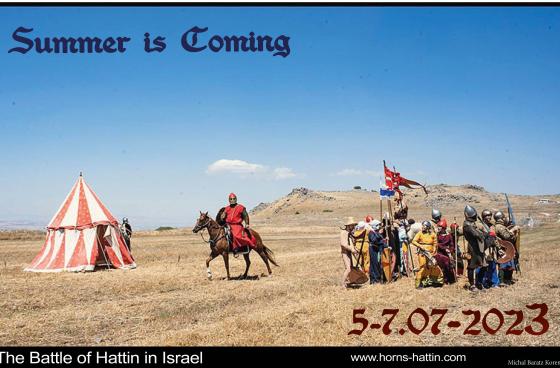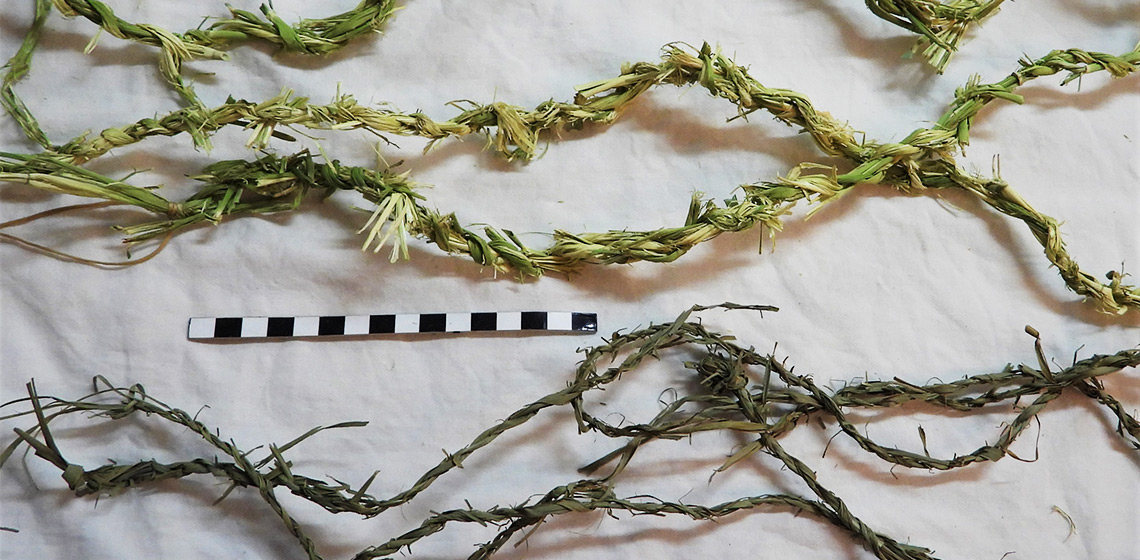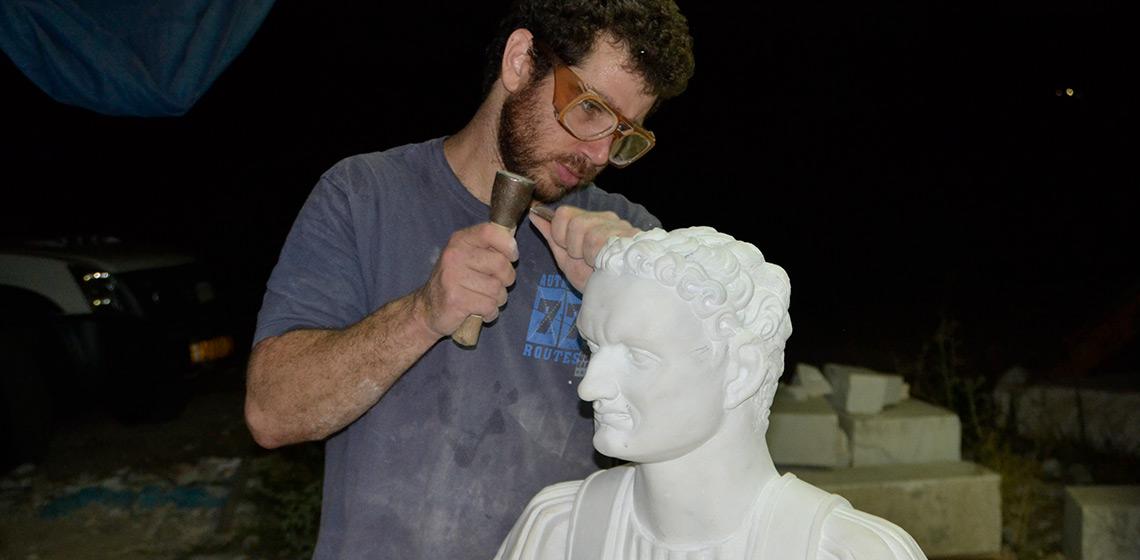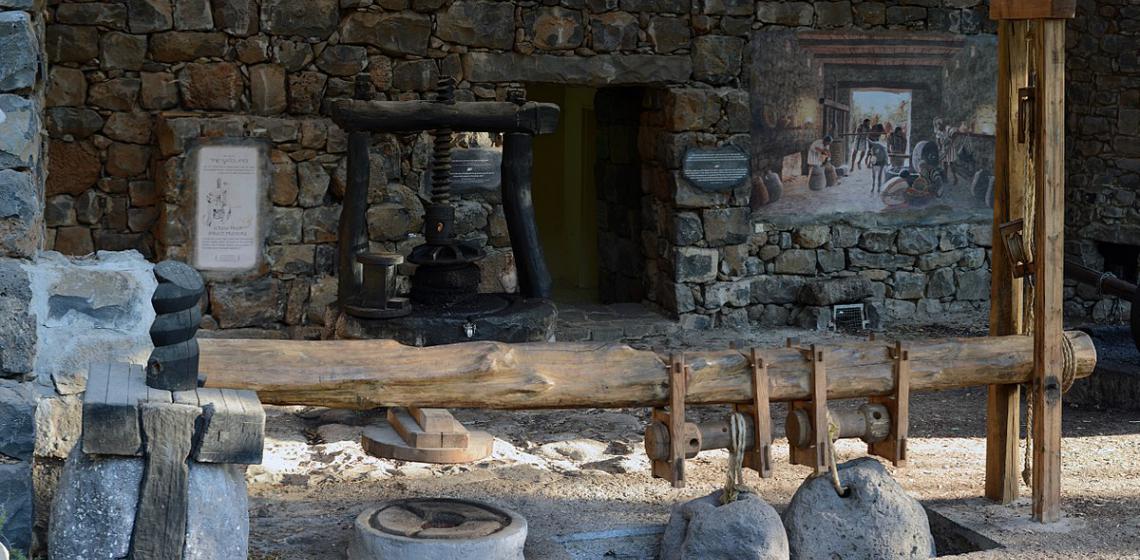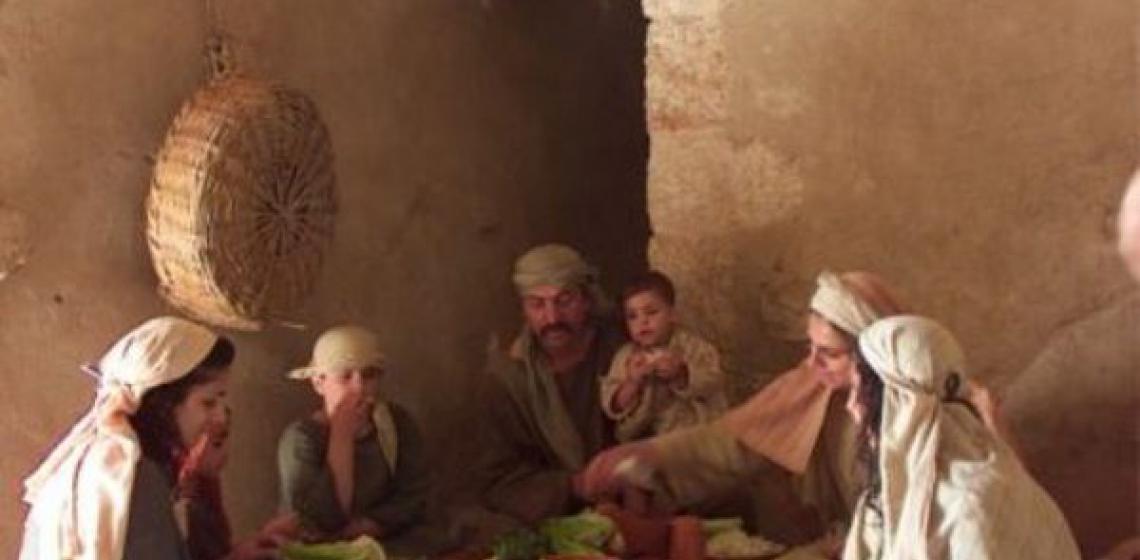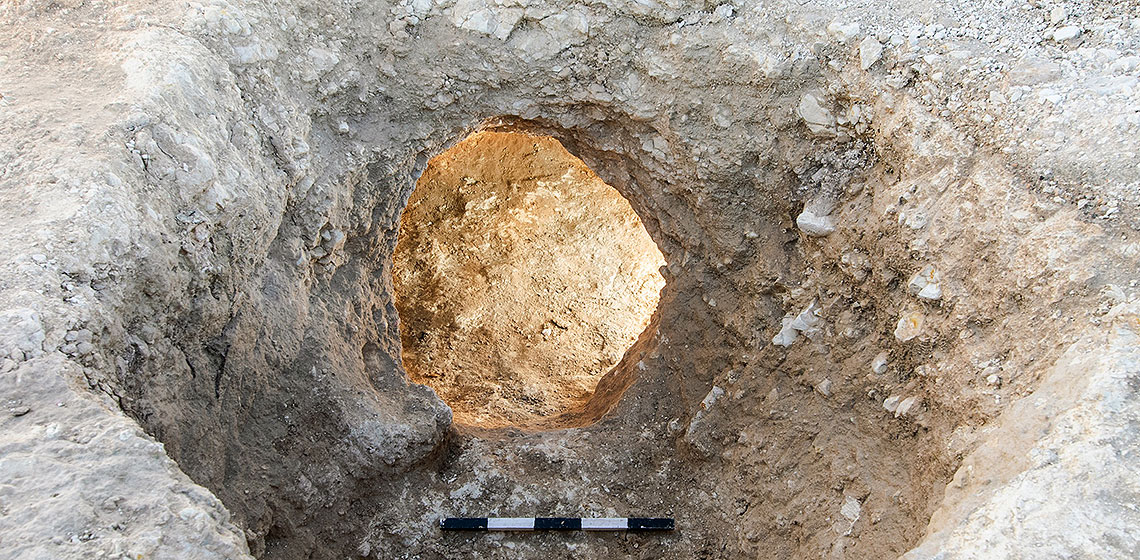The Israeli Forum for Experimental Archaeology was established in order to connect archaeologists, field and laboratory researchers and practitioners of ancient crafts, with an emphasis on collaboration, knowledge sharing and public engagement.
Our members come from a range of fields; academics, Living History groups, museum workers, educators, craftspeople, archaeologists and more. Thus, we aim to link persons involved with experimental archaeology in Israel and create a place to share, consult and learn, along with other experts engaged in the field. In addition, we endeavour to create experiment databases and coordinate experiments, workshops, and conferences. Our dogma is that through experimental archaeology, people from different backgrounds can advance research by sharing knowledge, experience and facilities.

